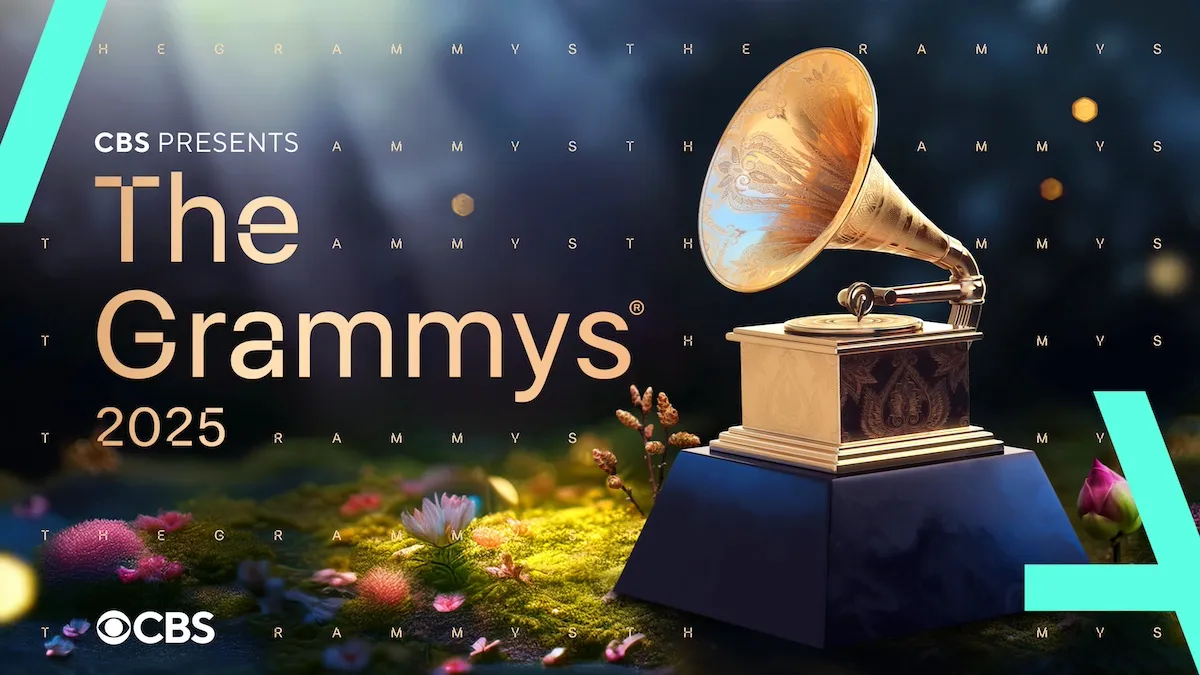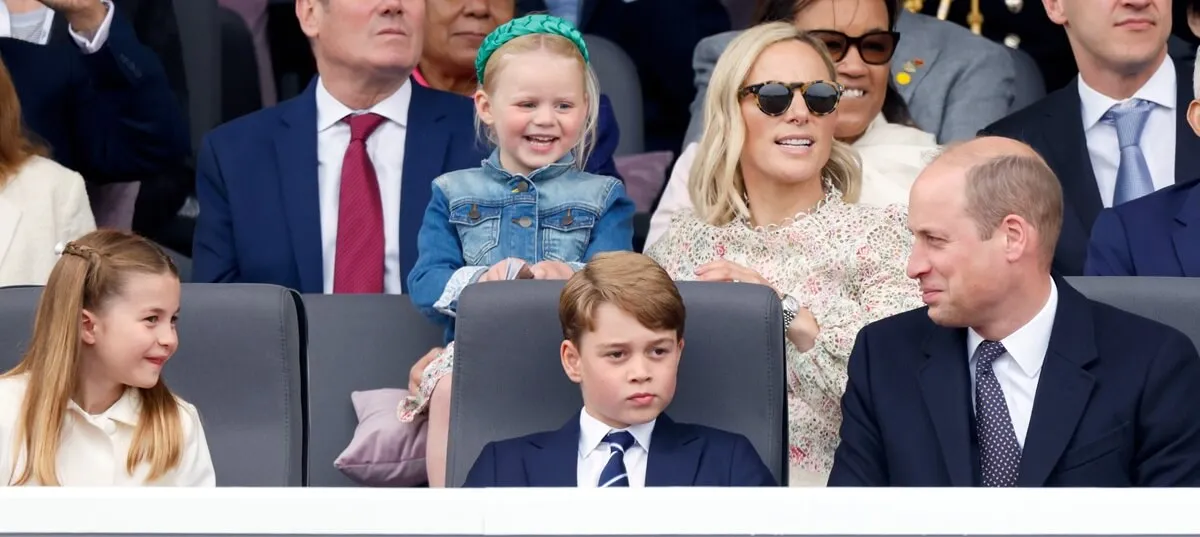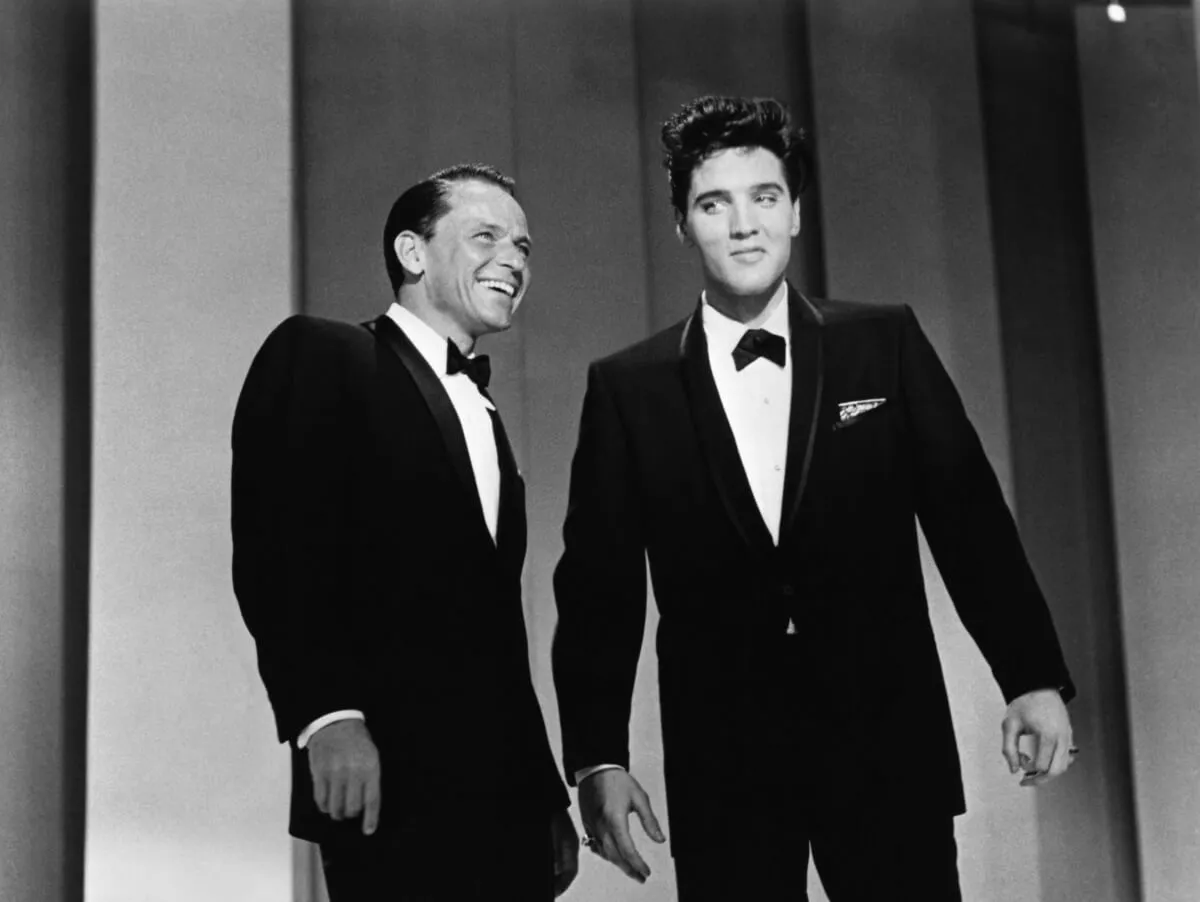George Harrison’s Memories of ‘Let It Be’ Don’t Match New Beatles Documentary’s Pitch
If you hear anything about the upcoming Peter Jackson documentary The Beatles: Get Back (due September 2020), you’ll hear how it aims to tell a different story than Let It Be, the 1970 doc that showed the Fab Four headed towards their breakup.
You can count Paul McCartney and Ringo Starr, the two surviving Beatles, among those who see Get Back as a correction. “I am really happy that Peter has delved into our archives to make a film that shows the truth about The Beatles recording together,” Paul said in a statement on the film’s release.
If Get Back indeed shows a happy and united Fab Four, it would surprise most Beatles fans. After all, George Harrison did walk out on the band during the January 1969 sessions. And John Lennon described the “dreadful, dreadful feeling” hanging over the group at the time.
Looking back on those days for the Beatles Anthology project in the ’90s, George didn’t really change his tune about Let It Be.
George Harrison spoke of a ‘terrible,’ ‘difficult, stressful time’
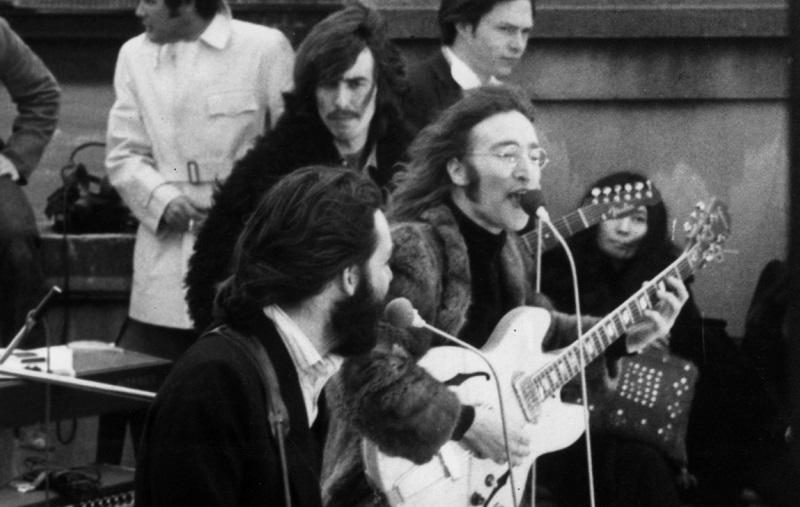
When The Beatles began work on a new album with the working title of Get Back, the idea was to restore camaraderie and get back to the basics of being a band. The group even spoke about performing a concert for the first time since 1966.
Michael Lindsay-Hogg, who’d shot a few of the group’s promotional videos, planned to record the rehearsals for the Get Back project. However, it didn’t start well. At Twickenham studios, where the rehearsals took place, the atmosphere was uninviting and the hours (9-5) were very much not rock ‘n’ roll.
“For me, to come back into the winter of discontent with The Beatles at Twickenham was very unhealthy and unhappy,” George said in Anthology. “I remember being quite optimistic about it. […] But it was soon quite apparent that it was just the same as it had been … and it was going to be painful again.”
As George said, it only took a few days before the bickering began. And John and Paul got to back to ignoring songs George introduced in the studio. (“All Things Must Pass” was among them.) On the third day, George and Paul had the tense exchange caught on film in Let It Be. And by the seventh day George had quit The Beatles.
The situation improved somewhat after George returned to the band
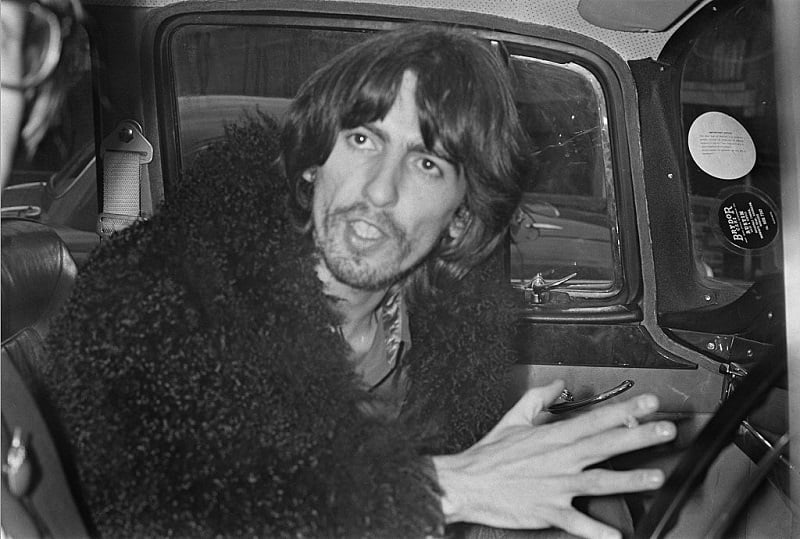
As far as the Twickenham sessions went, every Beatle has agreed that part was miserable. “Looking back on Let It Be now, I can see it could be easily construed as someone coming on a bit too heavy,” Paul said in Anthology. “I think it led to a couple of barneys.”
“Nobody was in it at all,” John recalled. “It was just a dreadful, dreadful feeling and, being filmed all the time, I just wanted them to go away.” (John also acknowledged being addicted to heroin at the time.) “By the time we got to Let It Be we couldn’t play the game anymore.”
After George’s January 10 walkout, he tried to foster a better working environment. He insisted the scene shift back to Apple studios, where they could get comfortable and play. And George brought in keyboard player Billy Preston on January 22 to liven up the mood.
“Billy got on the electric piano and straight away there was a 100% improvement in the vibe in the room,” he said in Anthology. Though George had nixed the idea of a live performance in some exotic location (or even London), he did agree to perform on the roof. That happened January 30.
Though George doesn’t look particularly thrilled in the video, he said he could have played longer. “We recorded four or five tunes and we might have played a lot more if [the police] hadn’t switched us off.” Maybe the negativity had broken by then. But if Get Back rewrites this story, it likely won’t contain much footage from Twickenham.
Also see: Why Pink Floyd Didn’t Use Paul McCartney’s Contribution to ‘Dark Side of the Moon’
